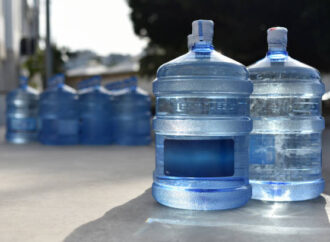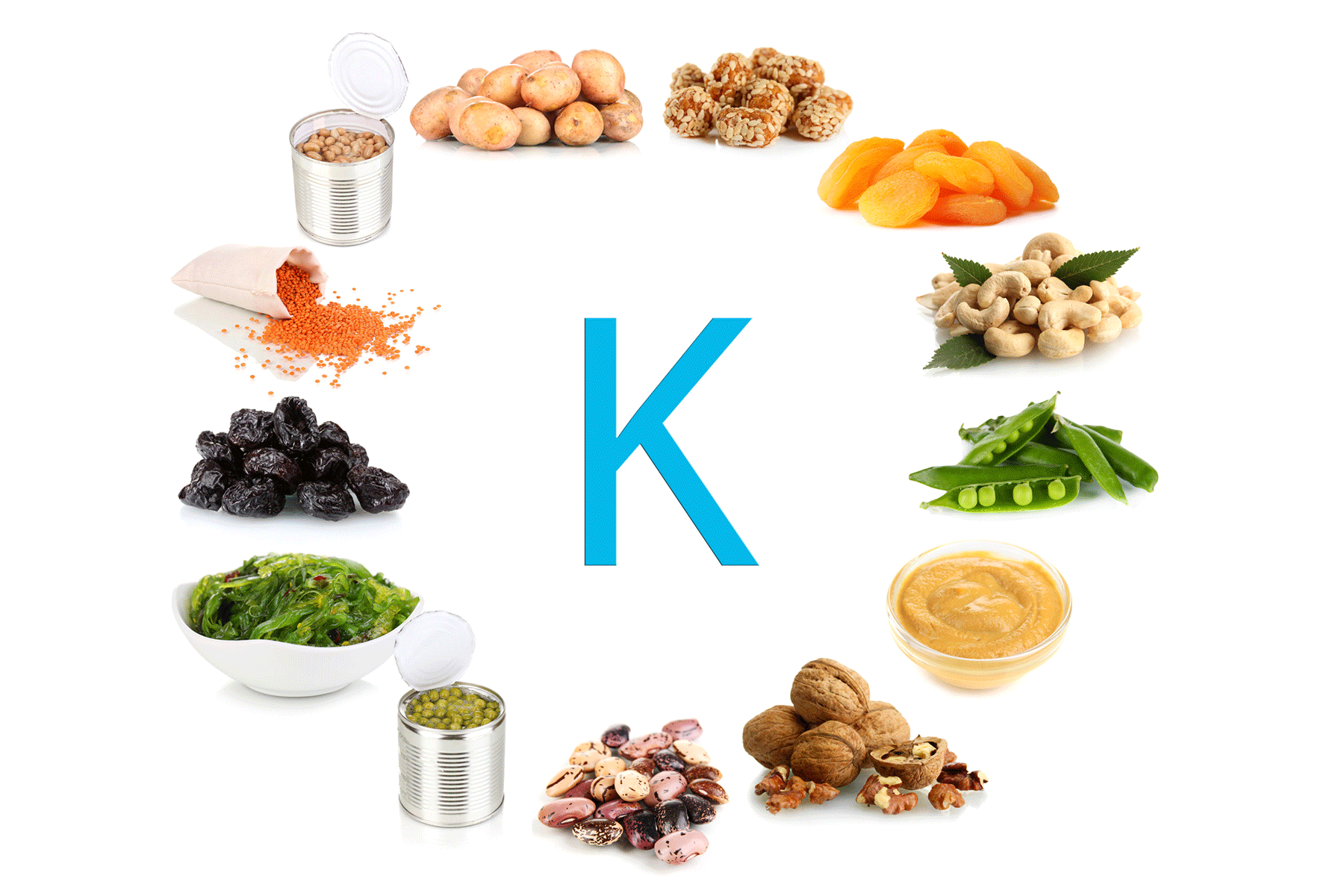The American Heart Association recommends eating fish at least two times per week as part of a healthy diet. Fish is high in heart-healthy omega-3 fatty acids which can reduce inflammation, help protect our heart, reduce mental depression, stave off chronic disease, and improve vision and eye health. According to The National Institutes of Health, fish are high in vitamin D, calcium, and phosphorus and a great source of minerals, such as iron, zinc, iodine, magnesium, and potassium.
Fish is one of the most beneficial protein sources for our diet. A study showed that people who had a higher consumption of fish had a lowered risk of gut cancers, such as that of the oral cavity, pharynx, colon, and pancreas, in comparison to those who ate lower amounts of fish. Vitamin B12 found in fish is crucial for the growth of healthy red blood cells, DNA reproduction, and nerve function. Consuming enough vitamin B12 is linked to a lower risk of dementia and heart disease. The lack of vitamin B12 is also connected to problems like chronic fatigue and anemia.
Fish is a one-stop source of so many vital nutrients that it can maintain a healthy balance in your body, and help fight all sorts of major diseases. Apart from these benefits, eating fish can also improve your metabolism, sleep quality, skin quality, and concentration and alleviate inflammation. With so many health benefits, and the flavor factor attached, there are enough reasons for you to start indulging in fish for the rest of your life.
INDIAN FISHING INDUSTRY
Fishing in India is a major industry employing 145 million people. India ranks second in aquaculture and third in fisheries production. Fisheries contribute to 1.07% of the Total GDP of India. According to the National Fisheries Development Board, the Fisheries Industry generates export earnings of Rs 334.41 billion. Centrally sponsored schemes will increase exports by Rs 1 lakh crore in FY25. 65,000 fishermen have been trained under these schemes from year 2017 to year 2020. Freshwater consists of 55% of total fish production.
India has 7,516 kilometers (4,670 mi) of marine coastline, 3,827 fishing villages, and 1,914 traditional fish landing centers. India’s freshwater resources consist of 195,210 kilometers (121,300 mi) of rivers and canals, 2.9 million hectares of minor and major reservoirs, 2.4 million hectares of ponds and lakes, and about 0.8 million hectares of floodplain wetlands and water bodies. As of 2010, the marine and freshwater resources offered a combined sustainable fishing potential of over 4 million metric tons of fish.
Fishing in India contributed over 1 percent of India’s annual gross domestic product in 2008. Fishing in India employs about 14.5 million people. To harvest the economic benefits from fishing, India has adopted an exclusive economic zone, stretching 200 nautical miles (370 km) into the Indian Ocean, encompassing more than 2 million square kilometers.
TRADITIONAL METHOD OF FISHING
Fishing techniques include hand-gathering, netting, spear-fishing, angling, and trapping.
LATEST METHOD OF FISHING
- Fish aggregating devices – man-made objects used to attract tuna. They usually consist of buoys or floats tethered to the ocean floor with concrete blocks.
- Dredging – There are different types of dredges used for collecting, oysters or sea cucumbers from the seabed.
- Fish-finders – are electronic sonar devices that indicate the presence of fish. Commercially, they are used with other electronic locating and positioning devices.
- Harvesting machines – have recently been developed for commercial fishing.
PROBABLE CONTAMINANTS IN FISH
Fish can contain harmful chemicals called contaminants. These chemicals can cause long-lasting health problems. Contamination of marine organisms from human activities can come from different sources such as accidental spills from offshore platforms, aquaculture, and shipping lines, or waste spread to the marine waters via land-based activities, such as agriculture or discharge from urban areas. Fish take in these substances in several ways. Their contaminant levels depend on factors like species, size, age, and location.
Some notable seafood contaminants may include:
- Metals such as mercury and lead,
- Industrial chemicals such as PCBs, and pesticides such as DDT and dieldrin.
- Pathogens such as Vibrio cholera, Shigella, Salmonella, Listeria etc
HEALTH ISSUES BASED ON CONTAMINATION
Formalin can increase the shelf life of fresh food. It is commonly used to preserve human bodies in mortuaries. Formalin is a known cancer-causing agent in humans and it can also cause nausea, coughing, and burning sensation in the eyes, nose, and throat in the short term.
Ammonia is used to slow down the melting of ice used to preserve the fish; it can cause mouth and stomach ulcers.
The application of antibiotics in fish often can build resistance to antibiotic drugs in humans, which causes antibiotics to become less effective and affects the whole body’s immune system. Contaminants such as pesticides, mercury, and PCBs build up in the body over time (bioaccumulation and biomagnification) by regular consumption of large quantities of fish and shellfish that are heavily contaminated with these toxic chemicals released into the sea from industrial waste. This causes a myriad of health problems, ranging from small, hard-to-detect changes to birth defects, cancer, and other neurological symptoms.
An infamous example of this is the Minamata disease discovered in Japan in 1956 which was caused by the consumption of mercury-contaminated fish which led to the death of thousands of humans and animals and caused birth defects in the next generation. The emergence of bacterial pathogens occurs because fish and fish products often miss the heat treatment procedure before consumption, which has dramatic effects on human health.
PRESERVATIVES ADDED TO FISH
Fish is a highly perishable commodity. If it isn’t maintained at the proper temperature of 5 degrees Celsius, it gets spoilt. To avoid this and increase its shelf life, many sellers use chemicals such as formalin, sodium benzoate, and ammonia. If the point of sale is far from the place of catch, formalin is used as a preservative. Meanwhile, ammonia is mixed with the water that is frozen and used as ice to keep fish fresh.
PRESERVATION FROM CATCH TO PLATE
Once the quality of the fish is allowed to deteriorate, it can never be regained. This means that everyone involved in the fishing business, from the fisher at the point of capture, through the processor to the vendor at the point of sale, must understand how to maintain quality to get the best possible price for the products.
There are four basic requirements for maintaining the quality of fish products.
- Thoroughly chill and keep it as cool as possible before processing or selling;
- Do not damage or crush the fish;
- Keep the fish clean; and,
- Work quickly.
The spoilage starts immediately after death. Spoilage is the result of a whole series of complicated changes brought about in the fish by its enzymes, by chemical action, and by bacteria. A rise in temperature speeds up the spoilage of the product. The spoilage rate at 5°C is twice as fast as that at 0°C.
Icing is the cheapest and simplest method of preserving fresh fish. Ice as a cooling medium for fish has a great role in preservation; it has a very large cooling capacity for a given weight or volume. It is harmless when made from uncontaminated water, portable, and relatively cheap. The amount of ice required to cool fish and keep it cool will depend upon the level of insulation, species, ambient temperature, and storage time.
Threat to Industry
Major threats to freshwater fishes include habitat modification, fragmentation, and destruction; invasive species; overfishing; environmental pollution; and climate change.
1. Overfishing – the practice of catching fish faster than they can reproduce.
2. Damage to the ocean floor.
3. Illegal Fishing.
4. Consumer resistance to adulterated and contaminated fish stock Water polluted with antibiotics, pesticides, parasites, and feces spread to surrounding areas, contaminating oceans. Wild fish populations can get sick and die when parasites and chemicals are spread to them from farms and industries through the water. The Three Biggest Threats to Global Fisheries are Climate Change, Pollution, and Overfishing.
UNHEALTHY PROFIT MOTIVE
Adulterated or chemical-laced fish are now extensively sold in markets in the city. Formalin-laced fish are transported from other States and sold in the local market when vendors face a shortage of fish. Many are aware that traders buy fresh fishes from local fishermen and also procure them from huge freezers where fishes are stored for more than six months to a year. Usually, traders resort to such tactics during festival seasons.
NECESSITY FOR A SCIENTIFIC APPROACH
The scientific approach is a way to be systematic when formulating the process of the different stages from catch to plate. Although a lengthy process, the scientific method is a productive way to promote health, prevent contamination and disease, and increase output.
 Food Manifest
Food Manifest 



















Leave a Comment
Your email address will not be published. Required fields are marked with *